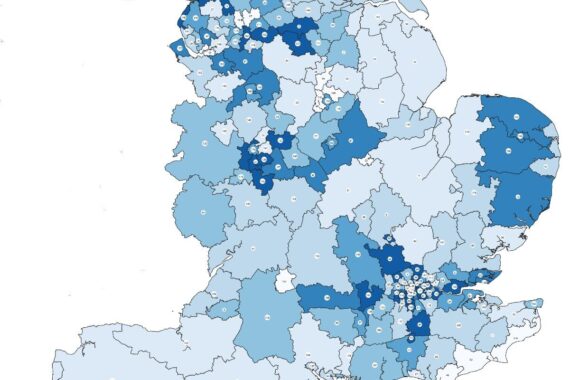Madeline Sherratt and Jaimie Kaffash dig into the data to see the areas where physician associates are most likely to be employed. See how much your region relies on them
Our investigation into the rise of the physician associates has revealed that, while numbers remain relatively low, they are increasing. The data analysis into what kind of practices and primary care networks employ them reveal that they tend to be more widely used in cities, and in practices with lower funding per patient.
We have also looked at their spread geographically. We used the old clinical commissioning group areas because they are large enough to show trends, while small enough to have meaning.
The map below supports the contention that physician associates are more likely to be employed in towns and cities. Have a look at the map below to what percentage of the total clinical staff comries physician associates in your area. And scroll below for the table of the areas that have the highest prevalence of physician associates.
What percentage of clinical staff are physician associates, per region
As you can see in the table below, the areas with the highest numbers of PAs tend to be found in the cities, especially within London, Manchester and Birmingham. It is also noticeable that they tend to have higher numbers of patients per clinical staff. This might be partially explained by younger populations – leading to lower funding – but these areas also include high levels of deprivation.
For our full methodology, see here












